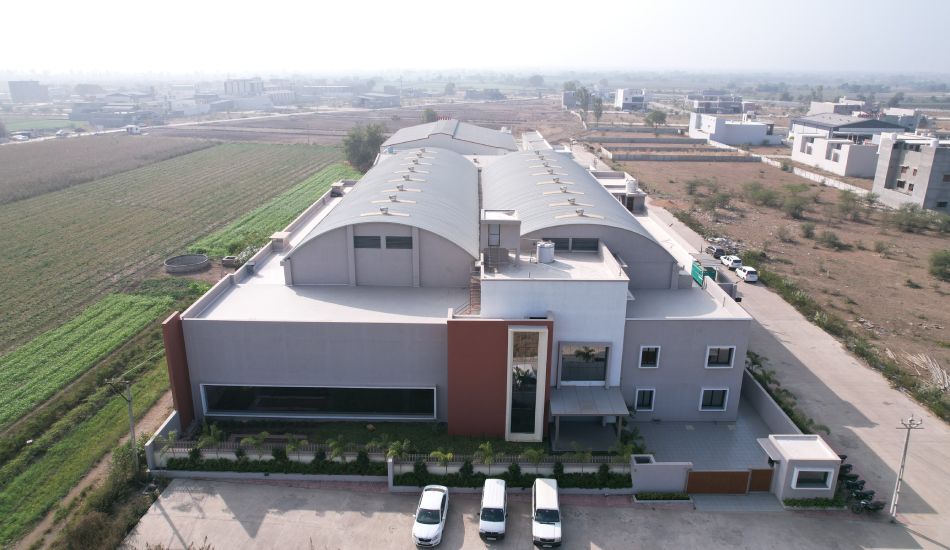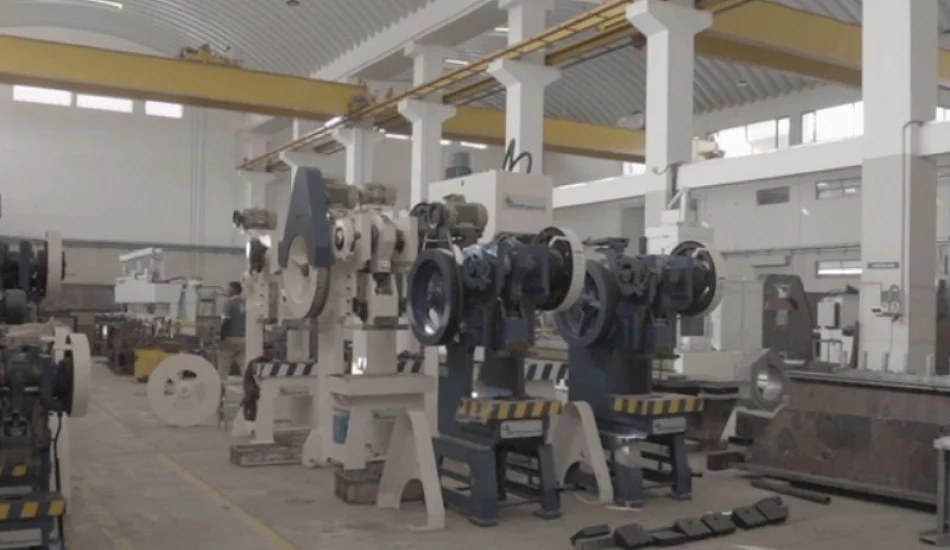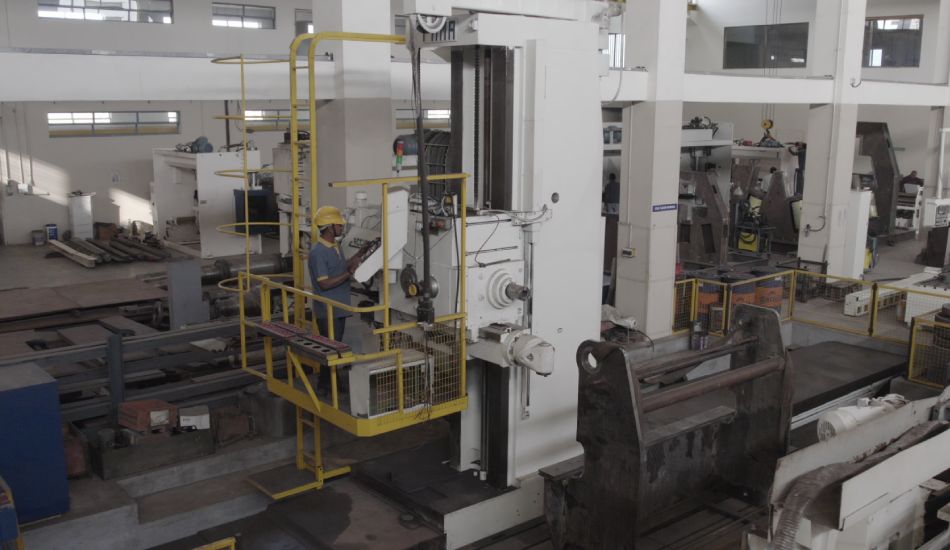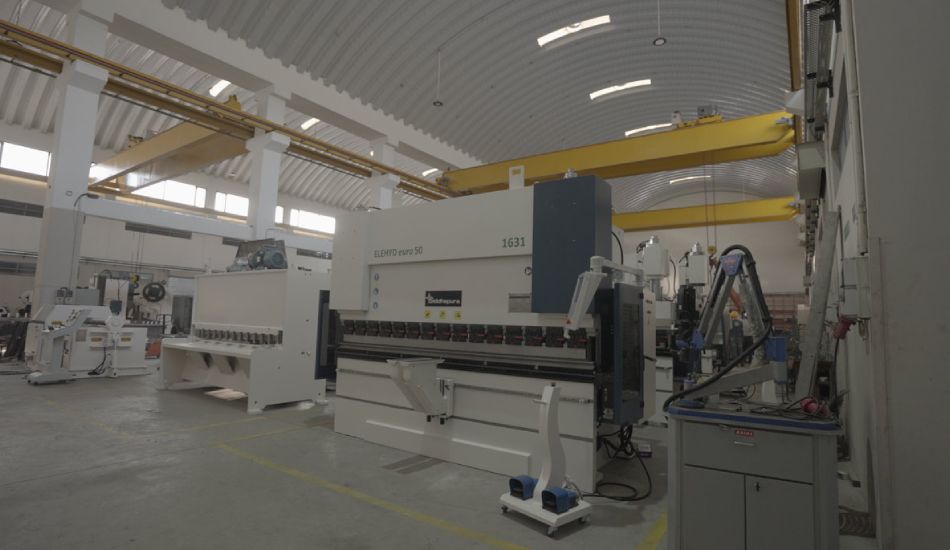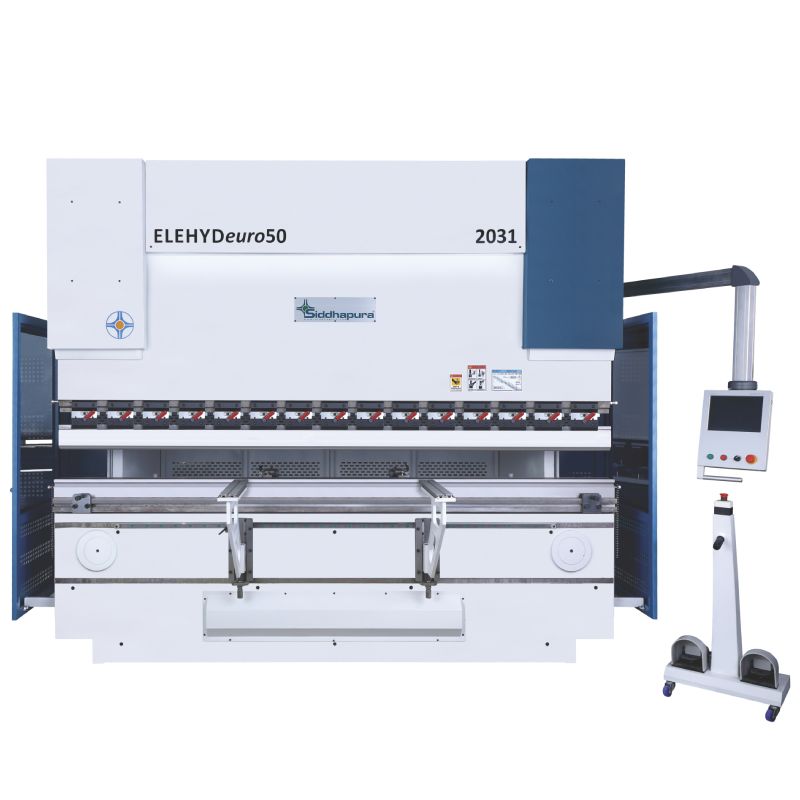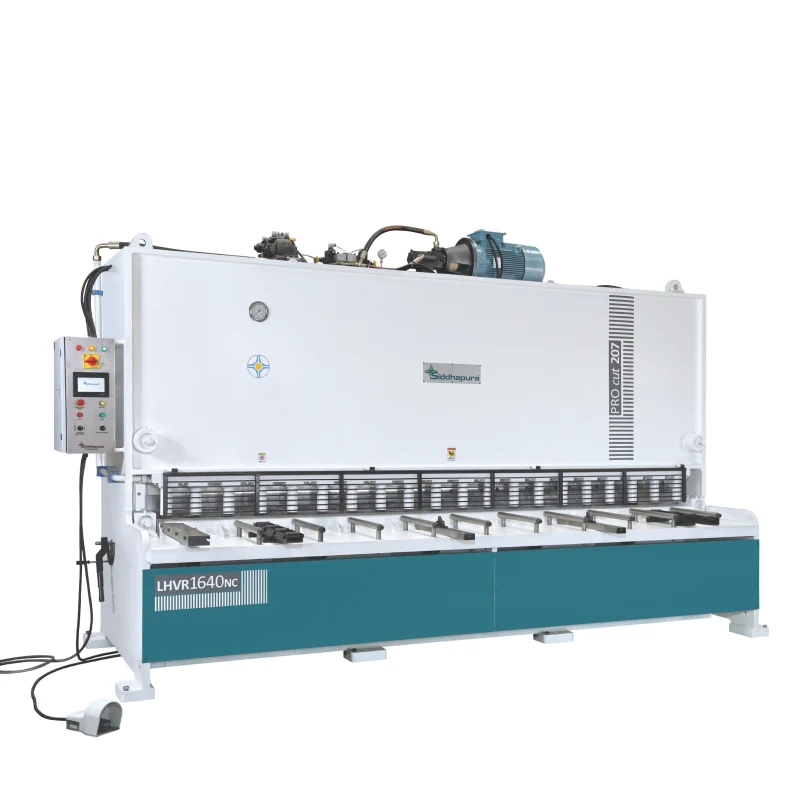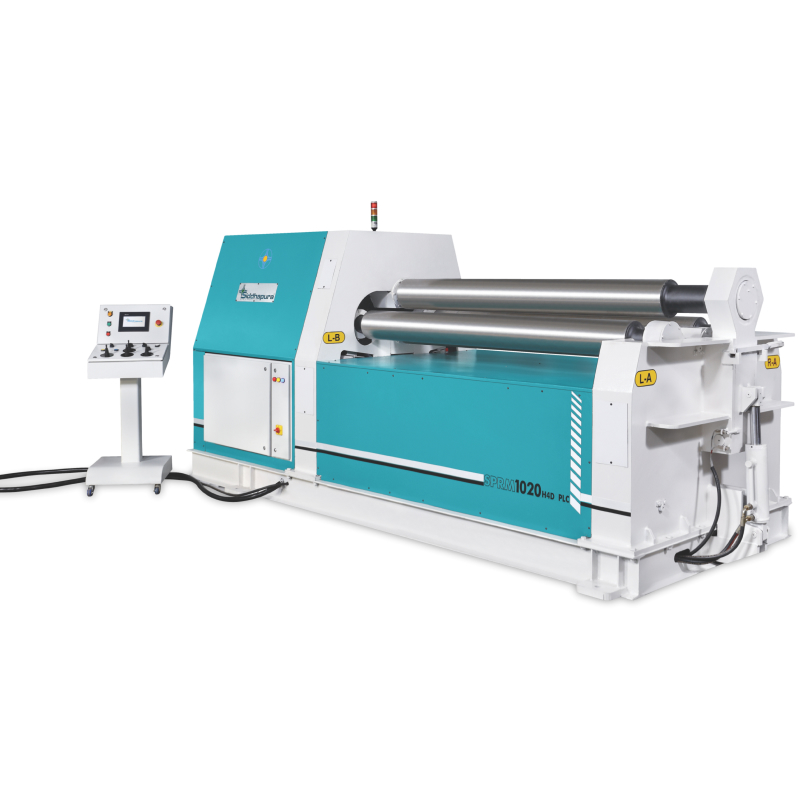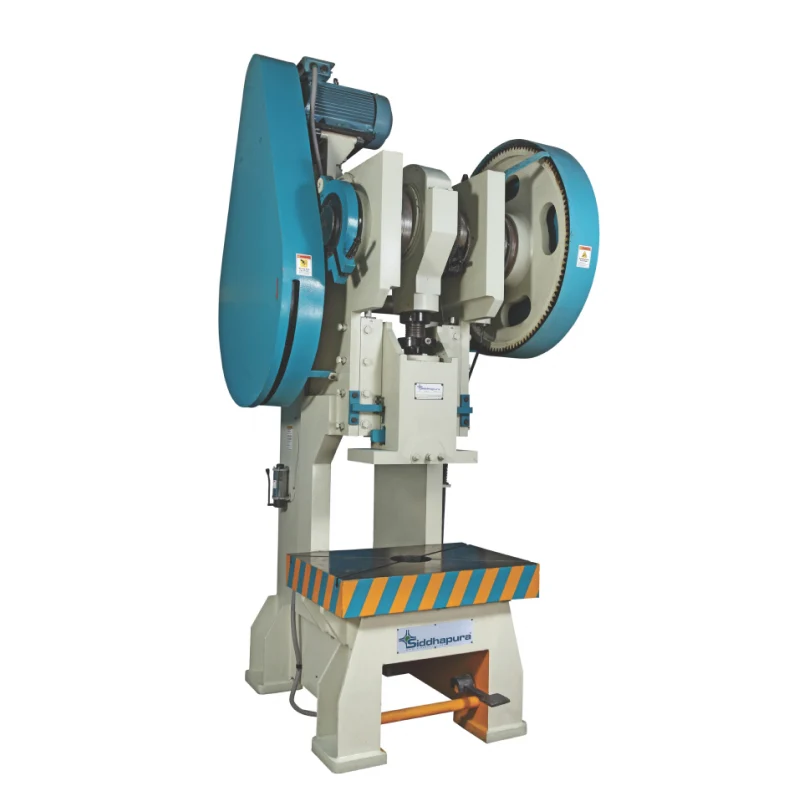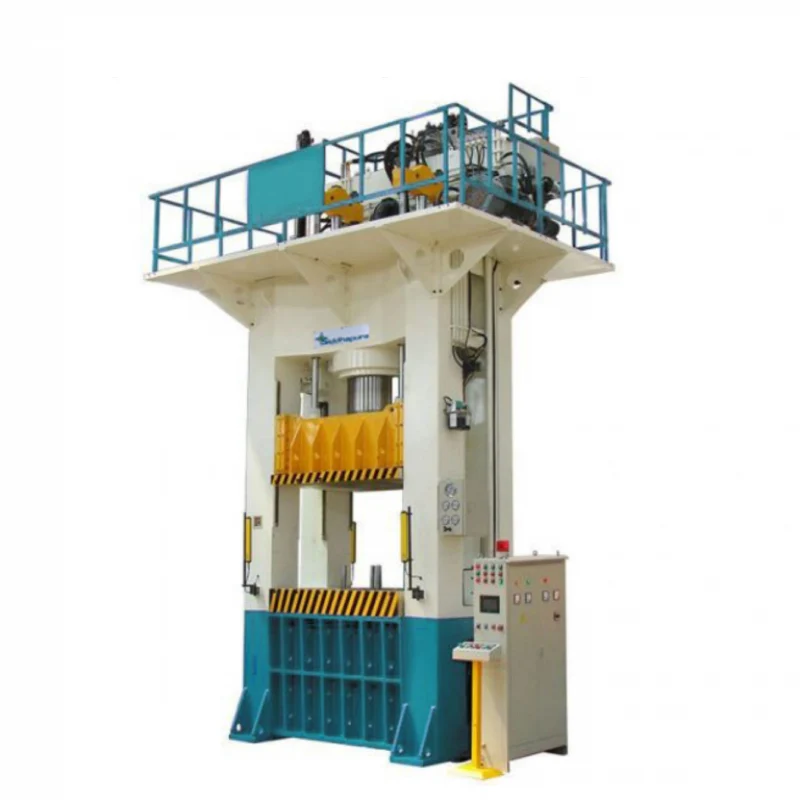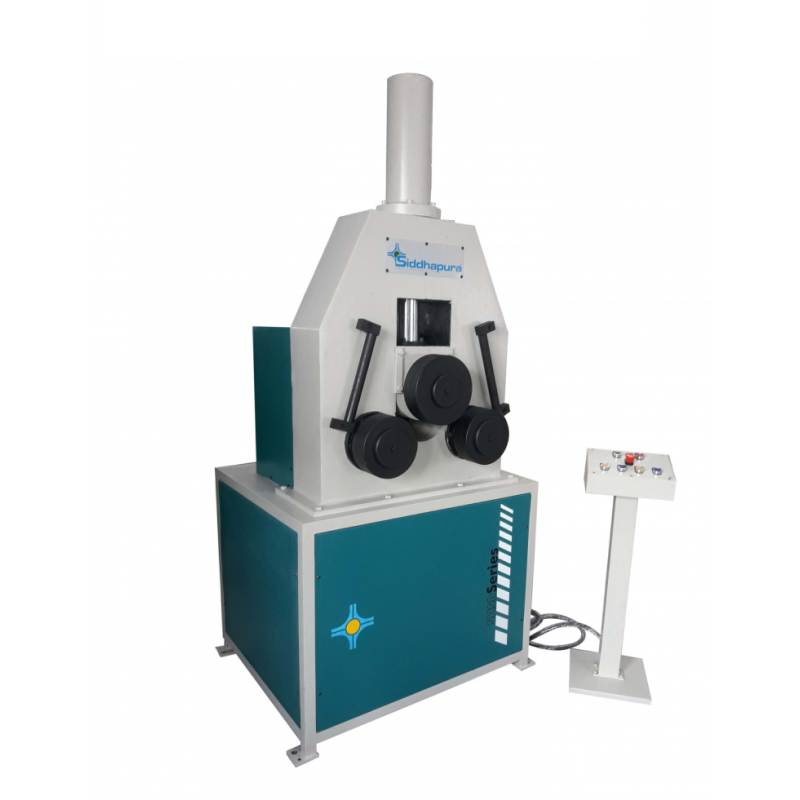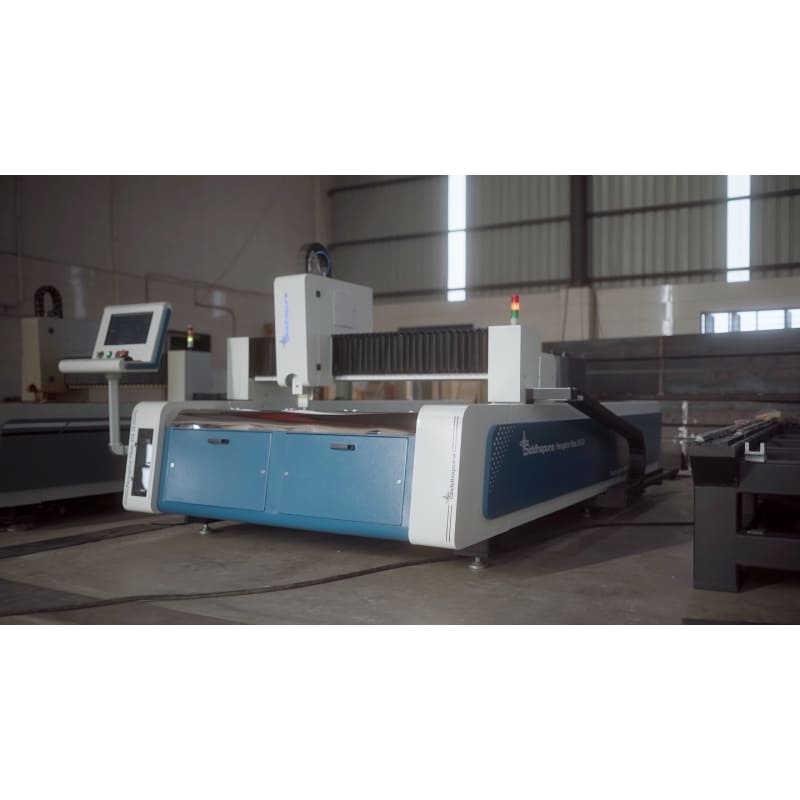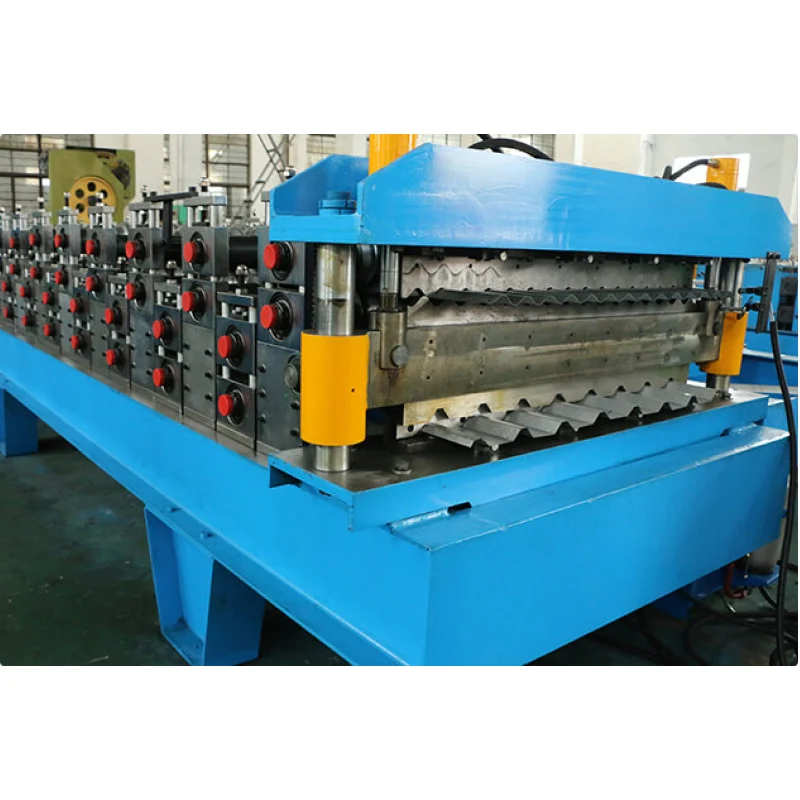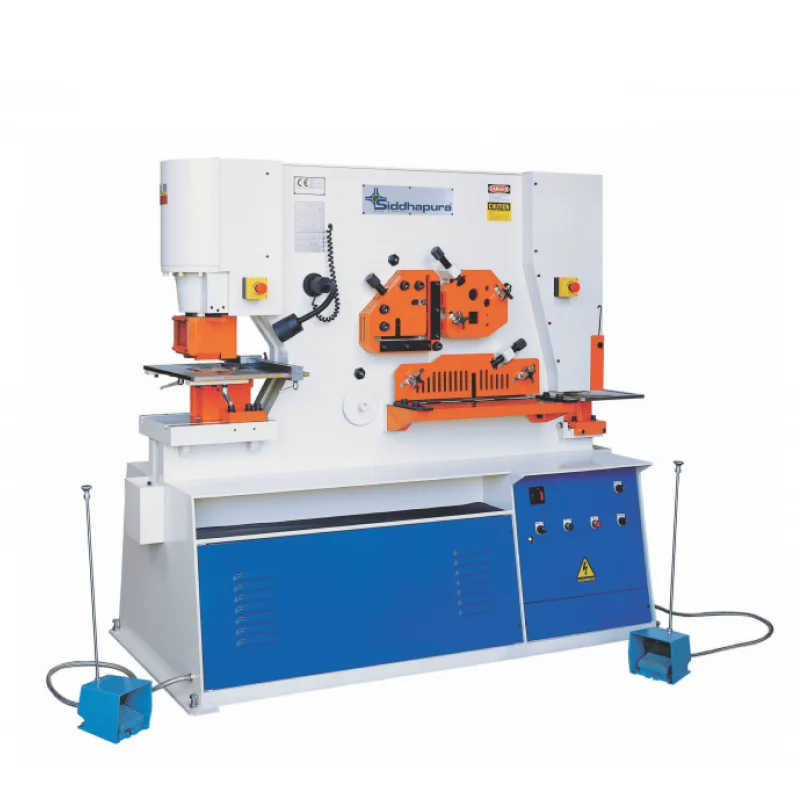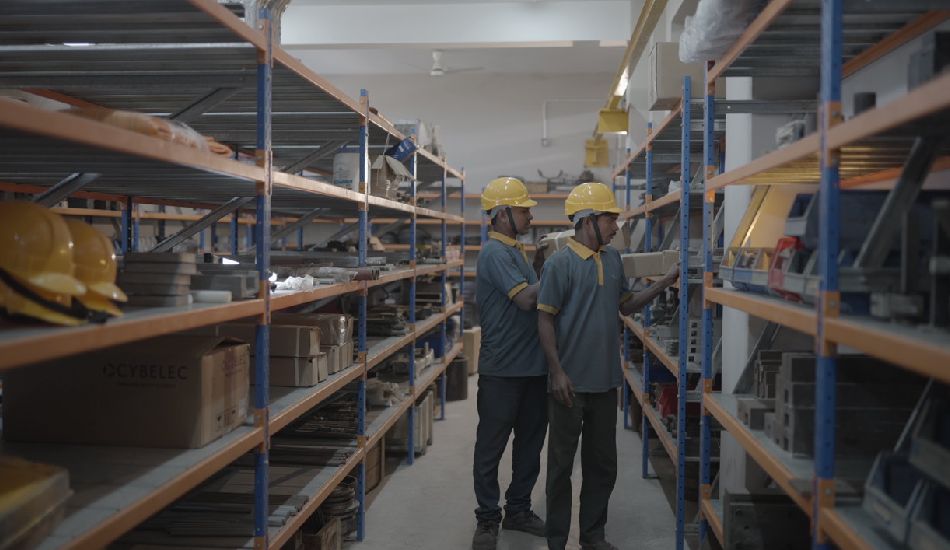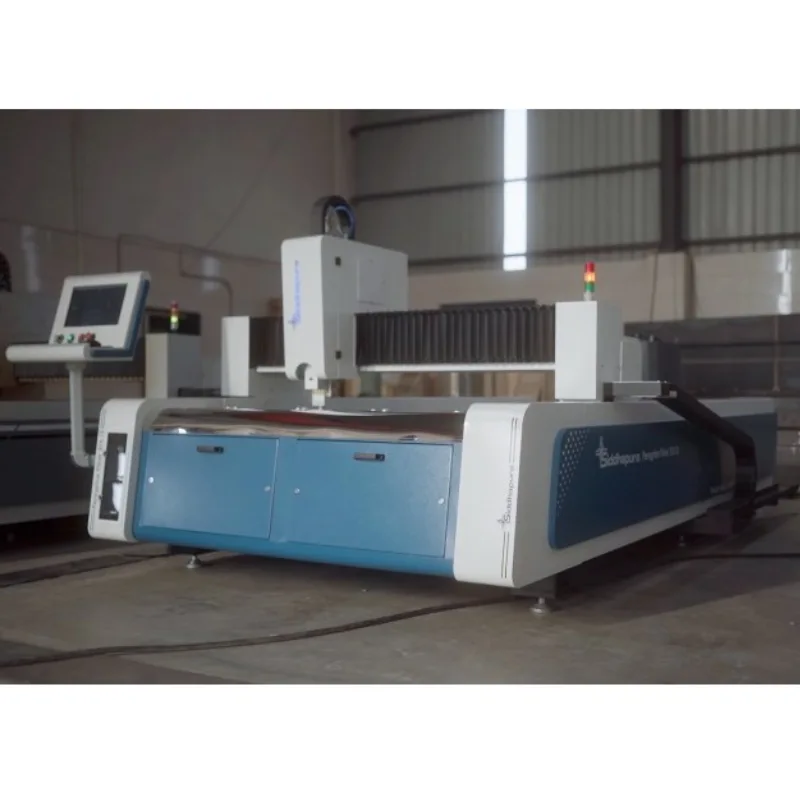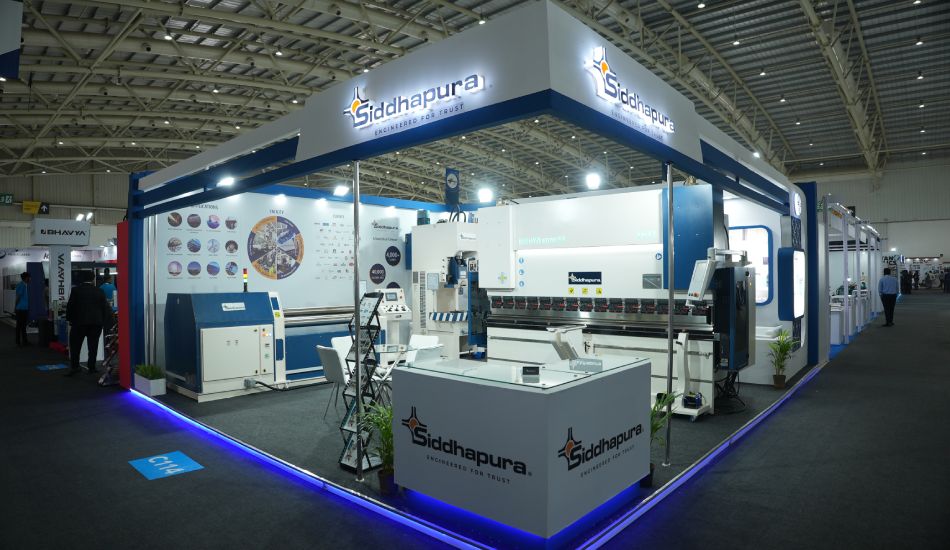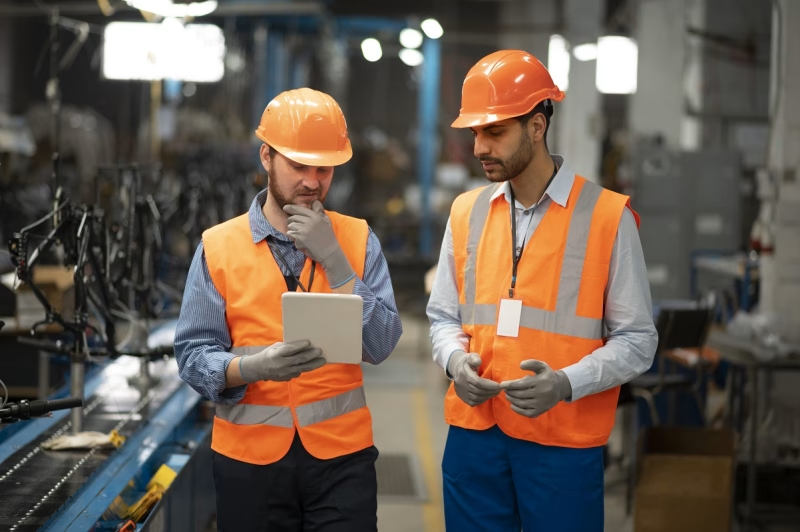The present infrastructural revolution in India, with a booming economy and an emerging urban landscape, calls for high demands for excellent materials and precision manufacturing techniques, like never before in history-from modern highways and futuristic metro systems to massive skyscrapers and industrial projects.
In this aspect, the most significant machines determining the future of Indian infrastructure happen to be the metal rolling machines. They could allow metal sheets and plates to be rolled into specific curves and structured shapes. These are extremely critical for shaping strong, hardy, and reliable infrastructure.
Role of Metal Rolling Machines in Infrastructure Development
Critical infrastructure development stages require the services of metal rolling machines for creating and manipulating rolled sheets of mostly steel metals to curved shapes. These are also essential for curvatures involved in many aspects of construction ventures, whether under transport development, industrial building or urban developments.
Let’s briefly discuss some essential areas about how metal rolling machines influence the Indian infrastructure development.
1. Highway and Bridge Building
The most vital input of the rolled metal machinery is the manufacture of parts used to construct highways and bridges in infrastructural development. The rolled steel plate, on the other hand, gives way to the provision of components that include beams, arches, and supports to hold the bridge and highway.
In India, new express highways and multi-lane highways under construction now enhance connectivity between cities and districts. With metal rolling machine India, huge structural components required for large rigid and curved applications are being used for newly designed structures.
2. City Building and skyscrapers
In metro cities there are lots of tall buildings, sky scrapers, and huge infrastructural constructions. Modern designs of buildings feature curved metal structures, which can be fabricated on the process of rolling machines. Beams, columns, and arches are made up of steel to give a skeletal framework to the tall building. Such types of structures demand both strength and flexibility to address any environmental forces.
With the cities requiring more and more space to accommodate their ever-increasing population, the requirement for the “metalling” rolling machines becomes all the more crucial. The metal sheet has to be rolled into all those desired shapes which would give rise to uniquely designed architectural works wherein strength has to be maintained to withstand the gigantic structure.
3. Rail and Metro Infrastructure
This is the establishment of new railway lines by Indian Railways and other metro networks across the main cities. In all these constructions, the production of the key parts of the tracks, in addition to some structural elements, requires metal rolling machines. Curved tracks, for instance, are applied as an extension of the metal, which has been shaped into its current form by rolling machines, like in the stations and tunnels for structural purposes.
These machines will make it possible for the manufacturers to produce accurate, uniform, and quality steel parts required for construction of such mega transportation systems. Increasing demand in India for effective and eco-friendly urban transit is hastening demand for reliable techniques of metal forming, and rolling machines would also be part of the process.
4. Industrial and Energy Infrastructure
Heavily invested in the industrial and energy sectors, there are manufacturing plants, along with renewable energy infrastructures such as wind turbines and solar farms. The production of curved steel plates used for big tanks, pipelines, and energy plants has emerged as one of the most backbone activities that are severely dependent on metal rolling machines.
For example, the tower of a wind turbine is produced through the rolling of large steel rolls that are then welded to cylindrical sections. The use of metal rolling machines in the energy industry has the advantage of producing parts that can survive extreme conditions and work for extended periods without breaking.
5. Urbanization and Sustainable Development
With the cities of India urbanizing at a pretty fast pace, the emphasis is on sustainable infrastructure. Metal rolling machines also contribute toward this as they allow for the mass production of materials that could be used in green buildings.
This makes easier for metals to take any desired form, with the least possible amount of waste generated and most efficiently used material from the entire project, with reference to construction, particularly in India, in relation to its different construction industries like, for example, that in the case of a construction industry in India.
Metal rolling machines enable the manufacture of parts for green building structures, such as metal roofing and cladding, which contribute to energy-efficient building construction and metal structural supports that can achieve the sustainable form of urban development in India.
Role of metal rolling machines in the infrastructure development for the sustainable growth of Indian urbanization
- Accuracy and Productivity: The metal rolling machines produce high accuracy in bending and shaping of metal sheets. This means that the components produced are according to the specifications, meaning better construction materials that reduce the possibility of errors during assemblage.
- Durable Strength: Rolled metal parts are strong and more durable. They can withstand various kinds of weathering, corrosion, as well as other wear forces outside, especially when built in the harshest of environmental conditions in infrastructure development.
- Cost-Effectiveness: These metal rolling machines are expensive but very efficient at mass-producing complex shapes, thus saving huge costs over time. The savings on material wastage and the fast production cycle make these machines cost-effective for large-scale infrastructure projects.
- Versatility: Metal rolling machines are very versatile in that they can shape metals like steel, aluminum, and copper. Such a wide array of components applied in the numerous infrastructure sectors, makes them unavoidable for many different applications.
- Improved Designs Support: As the metal rolling machines are so versatile, architects and engineers can basically do more innovative and creative designs in their construction area. Complex shape, arches, curve- all are possible for creation hence enhancing aesthetic value along with functionality of any infrastructure work.
Future of Metal Rolling Machines in India’s Infrastructure
With further investment in infrastructure developments by India, the significance of metal rolling machines will continue to increase. The government’s choice of agendas such as Smart Cities, Atal Mission for Rejuvenation and Urban Transformation (AMRUT), and setting ambitious targets for renewable energy production ensure that metal rolling machines will be crucial and inevitable for the future of Indian infrastructure.
The continuous developments in machine technology, such as automation, smart controls, and developments in the material handling system, are supposed to enhance the efficiency of the metal rolling machine and reduce time and cost. Green and sustainable building practices are gradually gaining ground in India. Thus, a greater need for innovative solutions will require metal rolling machines.
Conclusion
The metal rolling machine is more than just a moulding tool for metals. This helps the infrastructure being developed in India-for highways, skyscrapers, railways, and renewable energy projects. In making these types of complex long-lasting and accurate metal components that provide the skeletal support for all forms of modern Indian infrastructure, machines are also quite crucial. As the country continues to build its future, metal rolling machines will be at the forefront of innovation, driving the efficiency, sustainability, and strength needed for the infrastructure of tomorrow.

